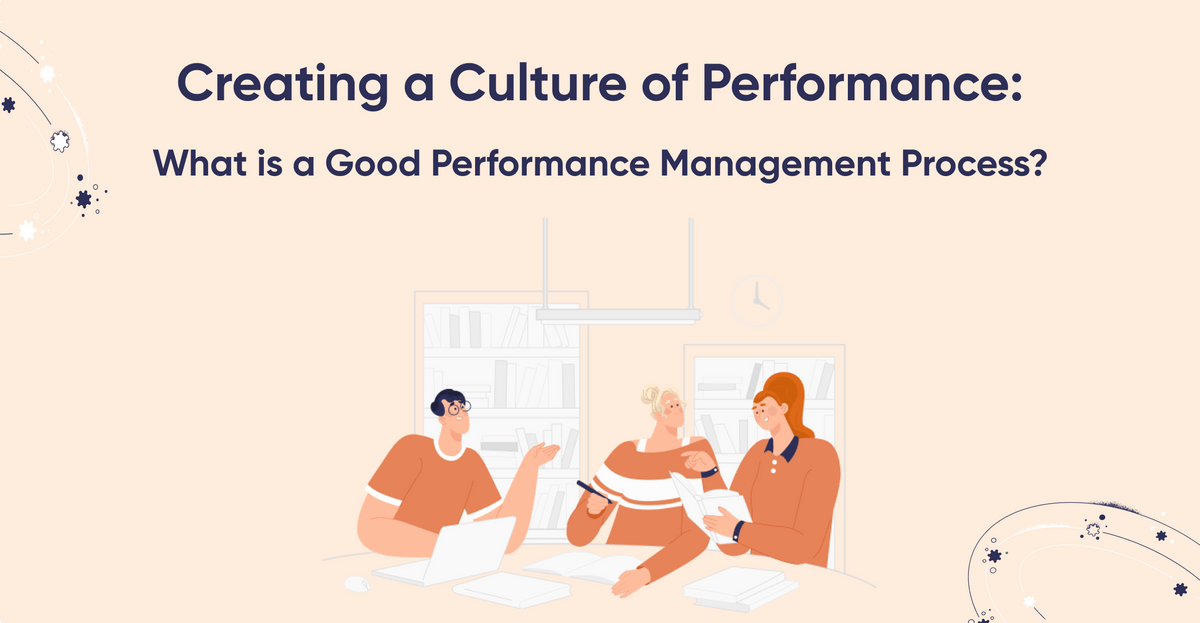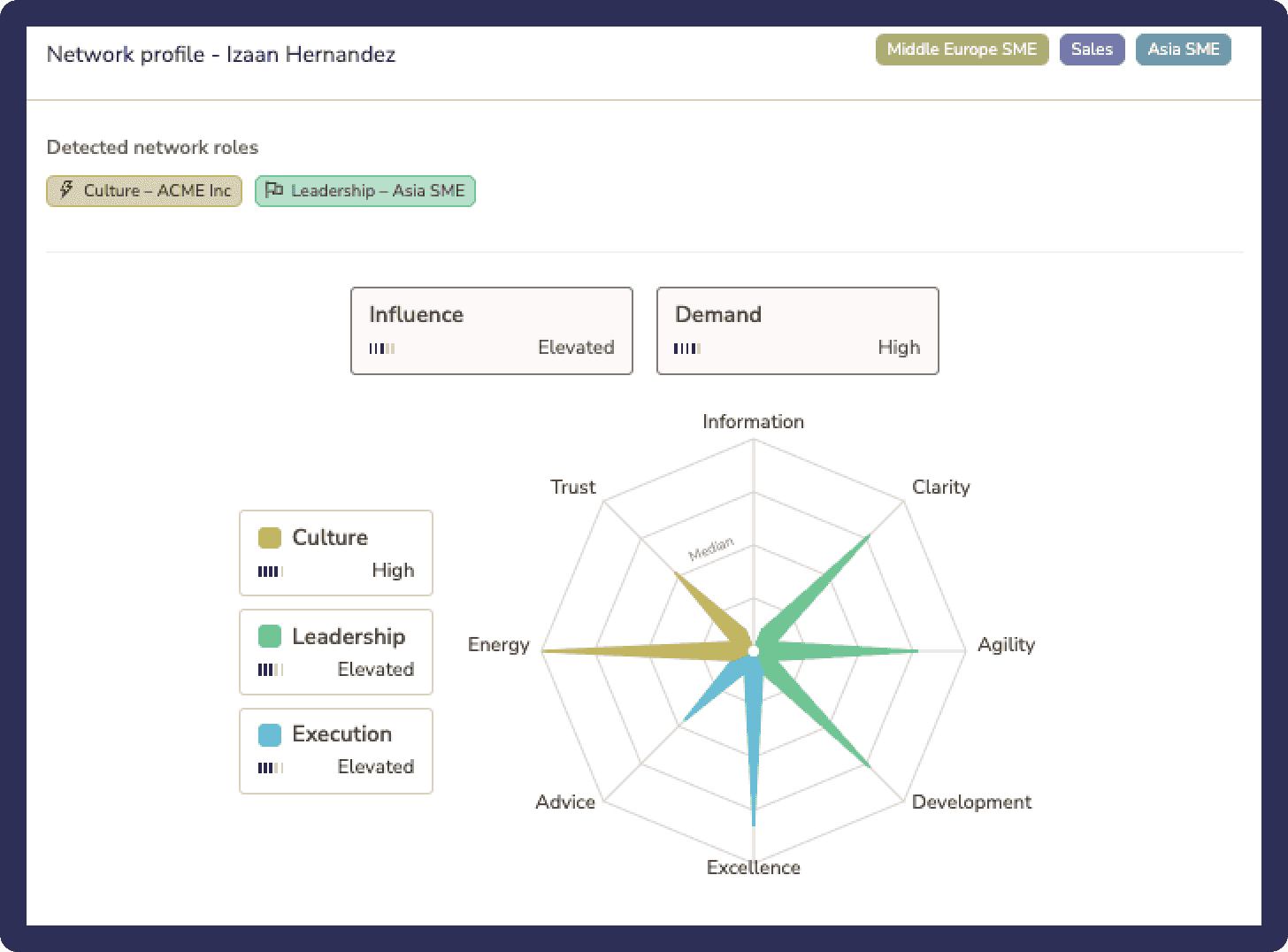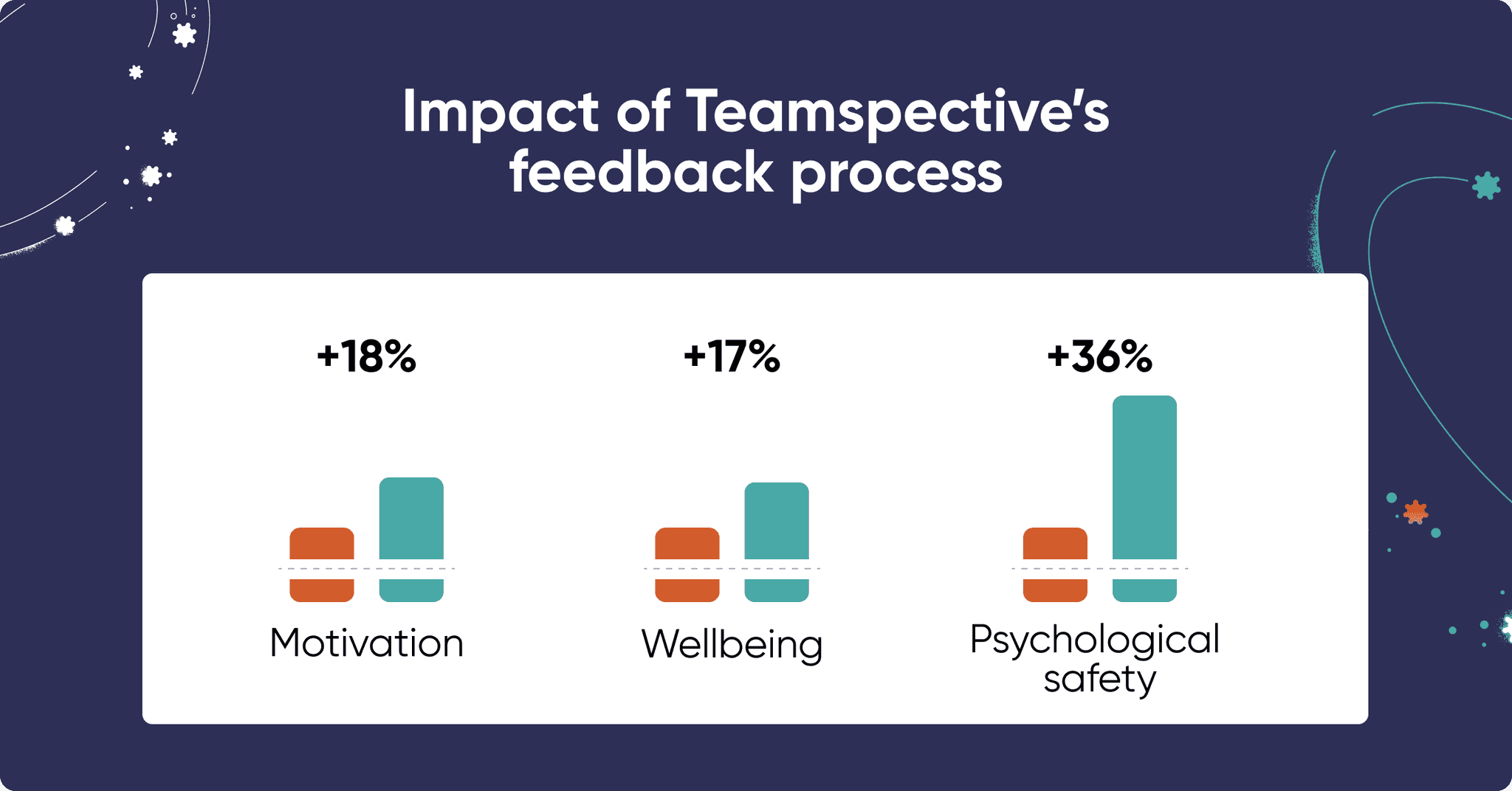Employee performance management is a critical process that has a significant impact on a company’s overall performance. However, it can also be a source of stress and anxiety for many individuals. In this blog post, we will explore the importance of performance management, the benefits of an effective process, and how Teamspective can help HR decision-makers create a performance management system that employees truly value.
Boosting Company Performance
Effective performance management plays a vital role in enhancing company performance. By setting clear expectations and providing regular feedback, employees gain a deeper understanding of what is expected of them. This transparency allows individuals to focus better on their work, prioritize tasks effectively, and align their efforts with company goals. When employees have a clear understanding of their roles and responsibilities, they can contribute to the organization’s success more effectively.
However, building a transparent performance management process is not straightforward. Forbes claims that only 14% of employees are inspired by their performance reviews. Even when multiple growth conversations happen throughout the year, this particular one seems to be most important because of its direct link to work tasks and possible compensation discussions. Additionally, these reviews are traditionally backward looking which easily takes the conversation to criticism rather than growth opportunities. As a result, extra pressure is put on employees and anxiety is created.
Creating Transparency and Improvement
If transparency is achieved, performance management serves as a platform for open dialogue and improvement. Everything starts with letting individuals know what each step includes and what is measured and how.
We suggest involving employees in creating this process because their feedback allows you to build it in a way which makes sense for everyone. The more employees are involved in designing the process, the bigger chance there is for employees to start proactively identifying opportunities to enhance their performance, address any challenges they may face, and collaborate more effectively with their colleagues. This process fosters an environment of continuous learning and growth, leading to improved performance and job satisfaction.
Two Key Pieces of the Performance Management Puzzle
Step 1: Measuring Performance - The Foundation for Effective Performance Discussions
To conduct meaningful performance discussions, accurate and reliable data is essential. Without high-quality data, it becomes challenging to assess and improve performance effectively. Discussions can easily go around in circles or even end up into he-said-she-said situations which aren’t beneficial for growth nor do they create a great employee experience. Also if we don’t measure performance, we are unable to see whether changes made to our actions actually create improved performance.
When measuring performance we suggest paying attention to these 2 things:
- Diversity of data points,
- Frequency of data collection.
Diversity of data points
Performance data can be collected from various sources, including performance numbers (eg. sales figures), personal goals and progress, evaluations by managers, peers, and team members, and feedback from coworkers. We suggest having a high diversity of data points to understand the whole story behind performance.
In addition to traditional sources of performance data, incorporating Organizational Network Analysis (ONA) provides a comprehensive understanding of an employee’s collaboration, role fit, influence, and their role in leadership, execution, and cultural aspects.
By analyzing communication patterns and connections between people, ONA offers valuable insights for performance reviews, helping identify better role fit and align career paths with individual strengths and aspirations, fostering inclusivity and equity in the process. Try to focus on strengths because it is a key element that helps to realise someone’s potential at work.
Frequency of data collection
Especially when measuring subjective opinions, frequency is important due to recency bias. The most recent events tend to impact our thoughts and reasoning, hence the more often we are able to collect relevant data - the more useful it becomes. For example, sharing feedback or formal evaluations for your coworkers once a year is not only hard to do because you can’t remember everything that happened during the last 12 months, but also highly subjective to recency bias which unconsciously turns your attention only to the last 1-3 months (or even last 2 weeks).
We highly encourage you to gather this data frequently or at least 3-4 times a year. To make this possible we have built the Teamspective Feedback tool in a way which makes it as lean and easy as possible for people to regularly ask and receive feedback in the moment. Our tool has proven to increase wellbeing, psychological safety, motivation, and feedback satisfaction, providing valuable insights for performance discussions.
Take some time to collect and digest your performance data before Step 2 because the better you prepare the more you will get out of the discussion. Make sure that every participant is looking at the same data. If possible, share all relevant information beforehand, or at least strive to share close to 100%.
Once people are looking at the same information, here a some great questions to ask beforehand from What Matters:
For the manager:
- What behaviors or values do I want my report to continue to exhibit?
- What were the contributor’s main Objectives and responsibilities in the period in question? How has the contributor performed?
- When is the contributor most engaged? When is the contributor least engaged?
- What strengths does the contributor bring to the work?
- What types of learning experience might benefit this contributor?
For the employee:
- Am I on track to meet my Objectives?
- Have I identified areas of opportunity?
- Do I understand how my work connects to broader milestones?
- What feedback can I give my manager?
Step 2: The Forward-looking Growth Discussion
Companies have different approaches to conducting performance discussions. However, we believe that a forward-looking, holistic growth discussion is the most effective method. This meeting should focus on clarifying expectations on both sides, identifying strengths, celebrating growth, and spotting new growth opportunities. Remember that the data collected and the pre-work serve as discussion support, but it should not be the discussion. Holding performance discussions at least twice a year ensures that employees have a platform to spar their career progression and that they are constantly contributing to the team’s and organization’s success in the most effective way possible.
To avoid having individual work tasks take center stage in this discussion, we strongly suggest discussing work tasks and goal reporting regularly in weekly or bi-weekly 1-1s. Future goal planning is a good topic for the end of the Growth Discussion to lay out concrete next steps and future work which would be better aligned with growth aspirations.
Questions to drive meaningful conversation (What Matters):
Career Growth
- What skills or capabilities would you like to develop to improve in your current role?
- In what areas do you want to grow to achieve your career goals?
- What skills or capabilities would you like to develop for a future role
- From a learning, growth, and development standpoint, how can I and the company help you get there?
Upward Feedback
- What are you getting from me that you find helpful?
- What are you getting from me that impedes your ability to be effective
- What could I do for you that would help you to be more successful?
Goal Planning and Reflection
- What OKRs do you plan to focus on to drive the greatest value for your role, your team, and/or the company?
- Which of these OKRs aligns to key initiatives in the organization?
To help improve the feedback loop you can also ask yourselves these questions:
- Is the current data we are collecting supporting this process in the best possible way?
- What could we measure differently in order to better support continuous improvement and growth?
Assessing compensation separately
While growth discussions are crucial for employee development and calibrating their effectiveness, it is essential to separate conversations about salary raises and bonuses. This separation helps maintain the focus on growth and development during the discussion, creating a more constructive and unbiased environment.
We also strongly believe that the performance data or growth discussion should not influence the compensation discussion but rather the changes and results that take place after the growth discussion. Compensation should always be forward-looking as well.
Leveraging Teamspective’s Expertise
At Teamspective, we have a team of seasoned HR executives who understand the intricacies of performance management. We can help you create a performance management process that aligns with your company’s values and goals while ensuring your employees find value in the process. Our experts are available to discuss how you can implement an effective performance management system that will drive employee engagement and satisfaction - book a free consultation here.
Final remarks
Employee performance management is a critical process that impacts both individual growth and company success. By focusing on transparency, data-driven discussions, and ongoing feedback, organizations can create a performance management system that employees truly value. Teamspective is dedicated to helping HR decision-makers implement a holistic approach to performance management that fosters growth, motivation, and collaboration. Reach out to our experts to learn more about how we can assist you in optimizing your performance management process.



